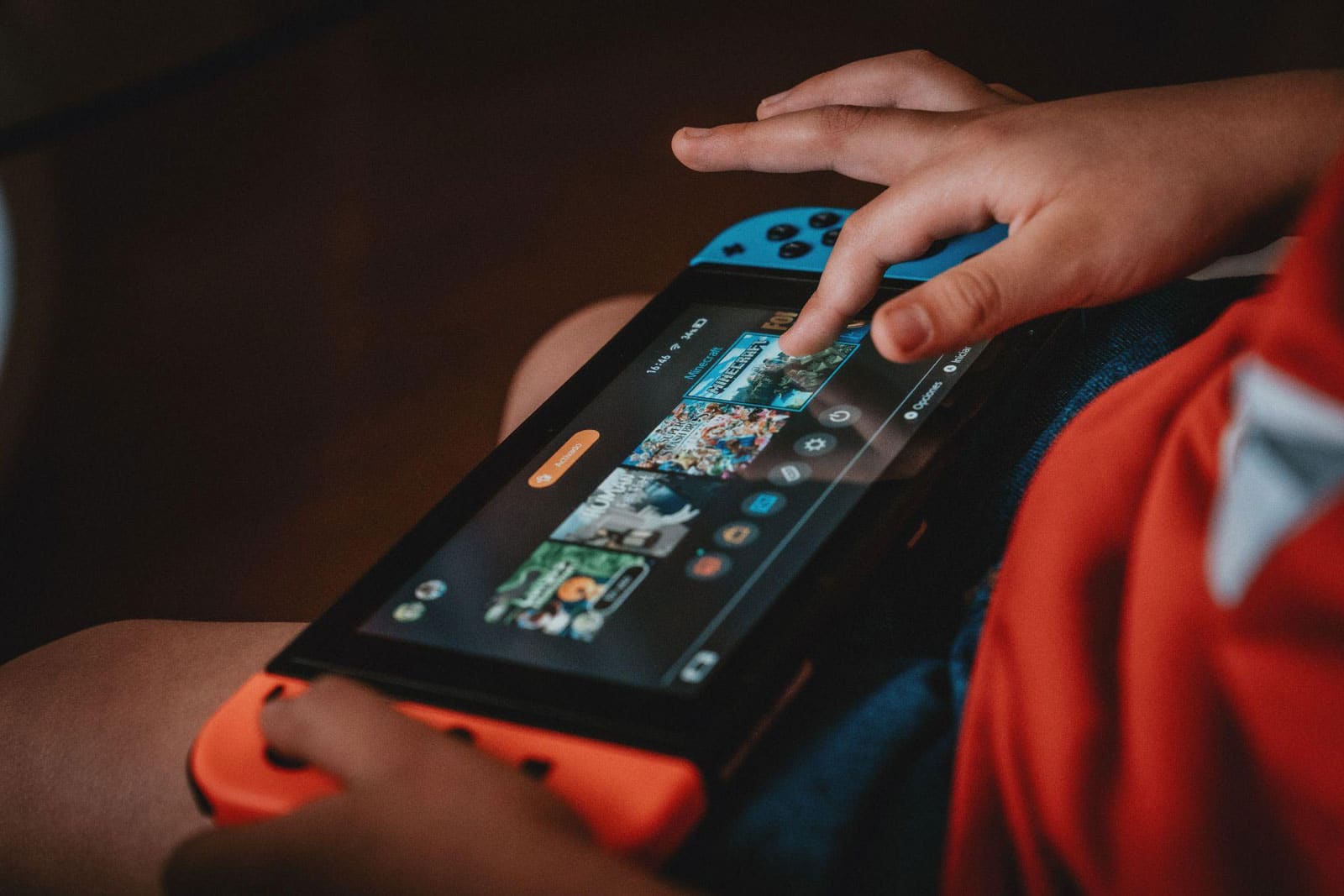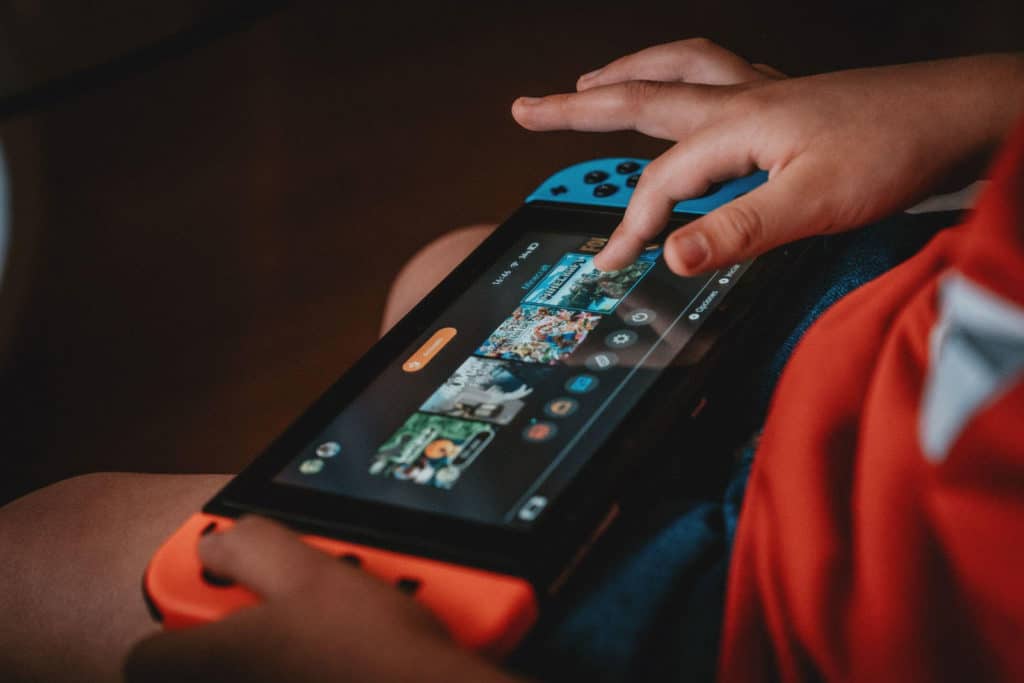
What is Minecraft?
Minecraft is a popular online game created in 2011 by Mojang game developer. Minecraft is rated PEGI 7 which means the game is suitable for children aged seven years and above. The Pan European Game Information rating refers to the suitability of games for children and allows parents to make informed decisions when purchasing games for their children. You can find information on the PEGI rating system on tacklebullying.ie. While Minecraft is rated for children aged 7 and above, there is a large number of adult users on the platform.
The basis of Minecraft is building structures and objects in an open environment while also building social relationships with other players. Players can create buildings, plants, animals and other objects in the game. Minecraft can be downloaded and used on iOS devices, android devices, Wii, Playstation, Nintendo Switch, XBox and computers.There are two main features on Minecraft: creative mode and survival mode. In creative mode, players can build freely in their environment. In survival mode, players have to find money and resources in order to survive.
Positives of Minecraft as an educational tool
According to research carried out in this area, online games such as Minecraft can be a valuable tool for teaching children informal skills such as; connectivism, team work, creativity and decision making. However, both the positives and negatives of online games must be considered when allowing children to use them.
Minecraft also released an educational version called Minecraft Education Edition. This version of Minecraft was created to provide teachers with educational tools and learning content to use in classrooms to engage their students.

Minecraft as a dangerous vessel for cyberbullying, cyber aggression and cybergrooming
Like all online activity, there are some risks that come with using Minecraft. ‘Griefing’ is a term commonly used in Minecraft which is when one player deliberately destroys the creations of another player. Griefing can also be accompanied by insults, swearing, threatening messages and blackmail.
Incidents of cybergrooming have been reported across online gaming platforms, including Minecraft. Cybergrooming is a from of online child sexual abuse that involves adults manipulating children in an online environment in order to meet them in person and abuse them sexually. In a study carried out by Kopecky and René (2018), 2,331 children who used Minecraft were surveyed about their experiences while playing Minecraft. Nearly 8% of participants (156 children) reported that another player asked them to meet up in real life, while nearly 6% of participants (110 children) were asked for an intimate photo. While these incidents are rare, it is important for parents and children to be aware of them.
Another common form of cyberbullying on gaming platforms is the virtual exclusion of players. Just like in real life, exclusion is a form of bullying. This can happen if a player makes a mistake in a team setting and their teammates exclude them from taking part in the game as a result.
Does gender and age make a difference to experiences of cyber aggression?
Female players often report experiencing harassment while playing online games, which is a form of cyber aggression. However, a study by McLean and Griffiths in 2019 found that females dealt with this harassment by hiding their identity and not communicating with other players while gaming.
Research has also found that a child’s age can influence how much cyber aggression they are exposed to while playing Minecraft. For example, researchers found that 10-13 year olds in one study experienced less cyber aggression than 14-17 year olds in the same study.
Recommendations for parents of children who use Minecraft and other online gaming platforms
- Make sure your computer is secure
Install antivirus software on the computer your child is using for any online gaming. If there are younger children using a device (computer, laptop, tablet, mobile phone), a parental control tool is a good idea in order for parents to limit screen time, block inappropriate websites, block online payments and monitor the child’s location (on mobile devices).
- Regulate the amount of time children spend gaming online
Use parental controls or set down rules to limit the amount of time children spend playing online games. Be consistent in the amount of screen time allowed per day. Having activities apart from online gaming available to children is beneficial, for example sports, art or reading.
- Talk to your child about the risks of playing Minecraft and other gaming sites
It is very important to speak to your child about the dangers they could encounter while using online gaming platforms and to educate them on how to react in these situations. In order to do this, parents must be aware of the facts. There is information on how to speak to your child about social media and gaming applications in the App Watch section on tacklebullying.ie.
It is especially important for parents to speak to their children about the risks of talking to strangers online, and to let them know to come to them if someone tries to communicate with them through social media or gaming sites.
- Inform children about where to look for help
If a child does not want to speak to their parents about an incident that occured while online, they should know that there are other places they can go to look for help and support. Other sources of support can include; an older sibling, a teacher, a school counsellor or another trusted adult.
Additional Support
Visit the tacklebullying.ie Additional Support section to find a list of support services available to parents and children.
Articles referenced
Kopecký, K., & René, S. (2018). Manifestation of addictive behaviour among the child players of the Minecraft game from the perspective of quantitative research (English version)
McLean, L., & Griffiths, M. D. (2019). Female Gamers’ Experience of Online Harassment and Social Support in Online Gaming: A Qualitative Study

